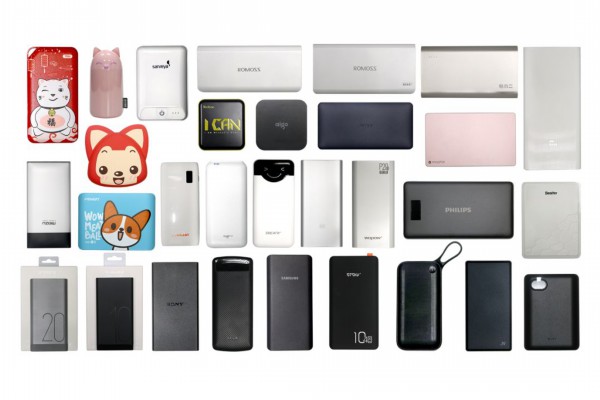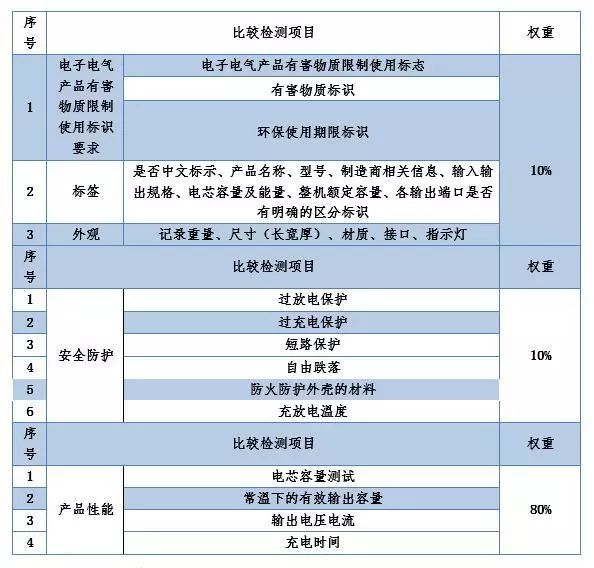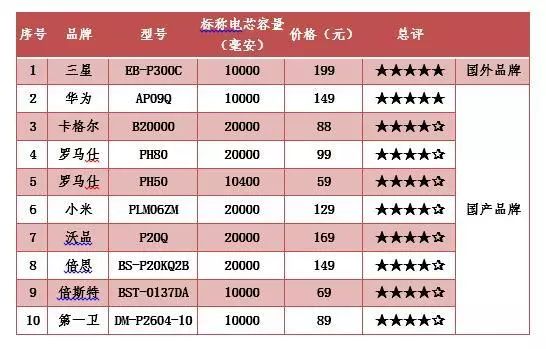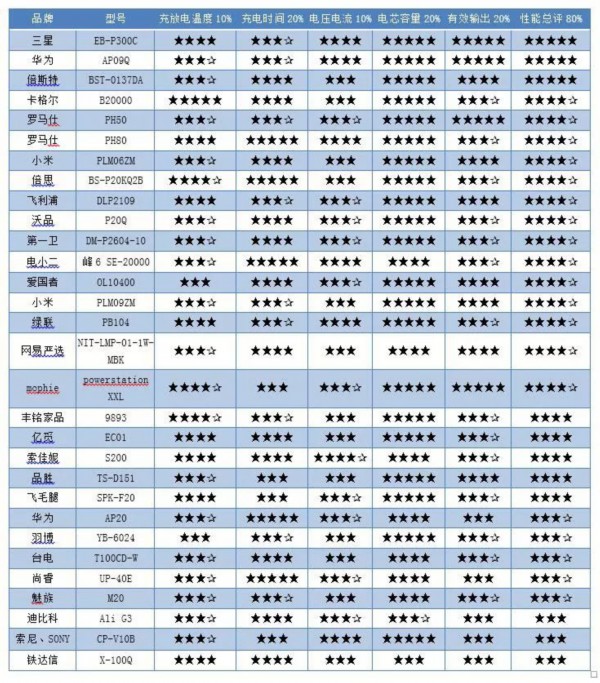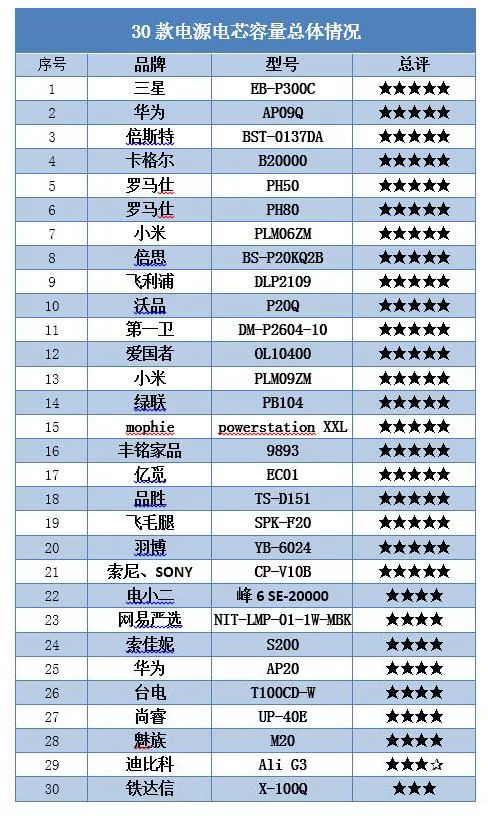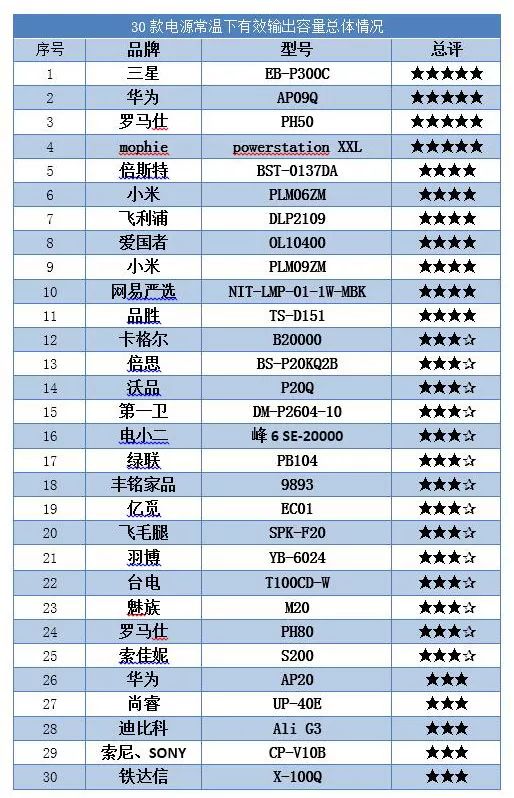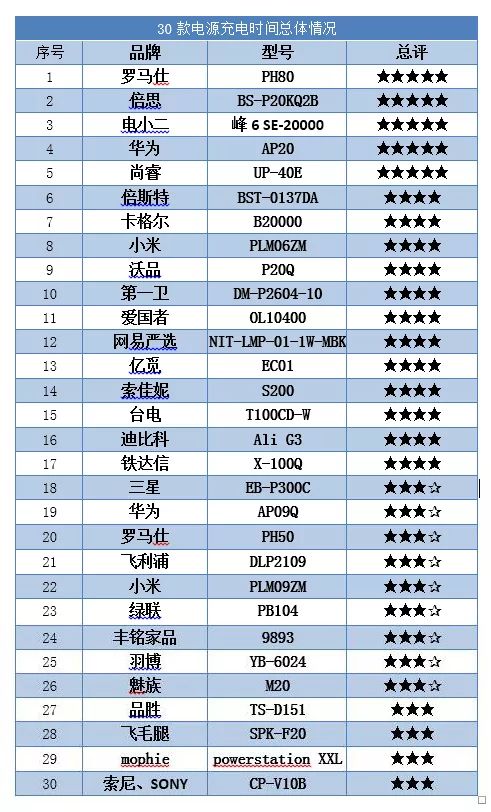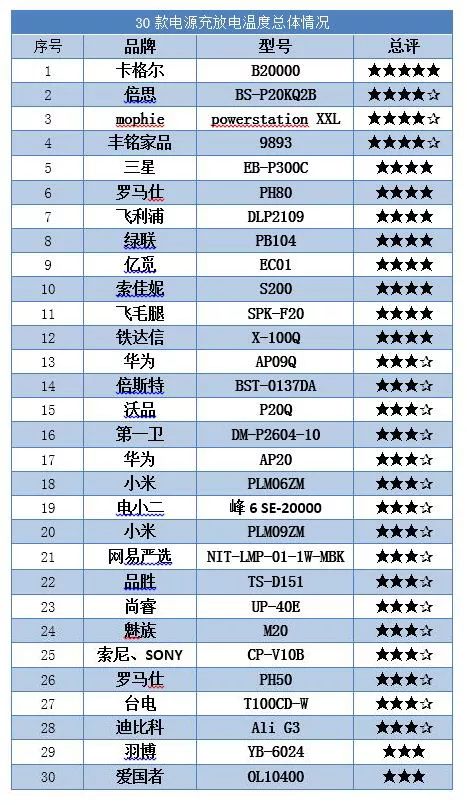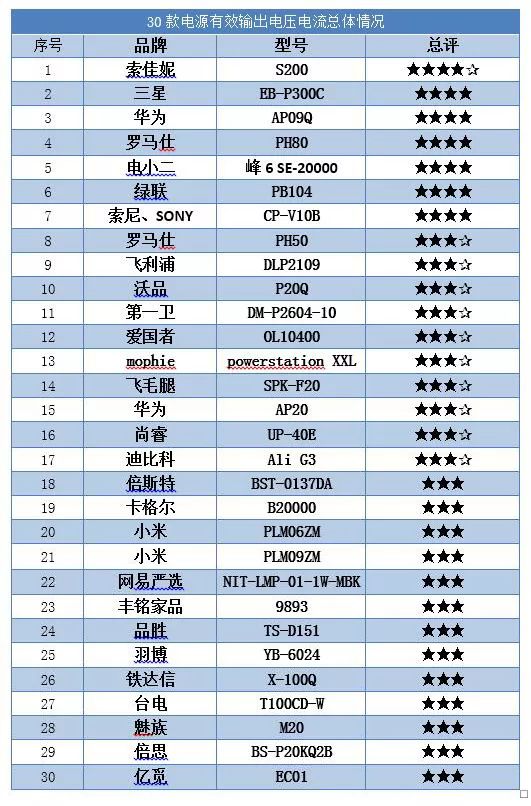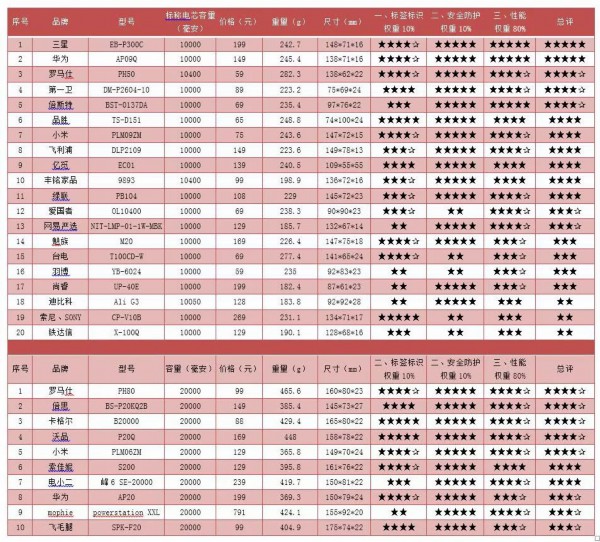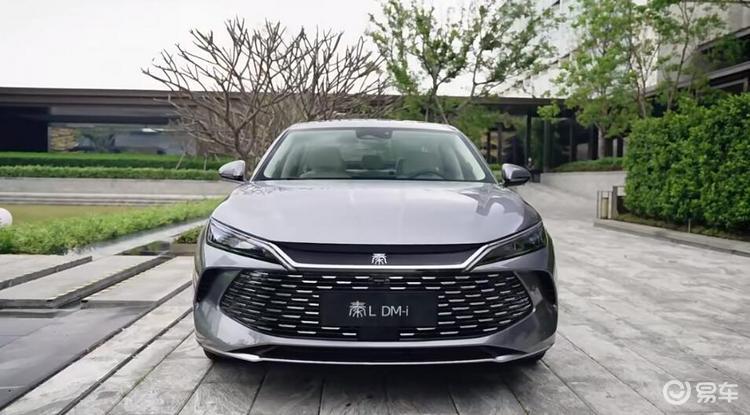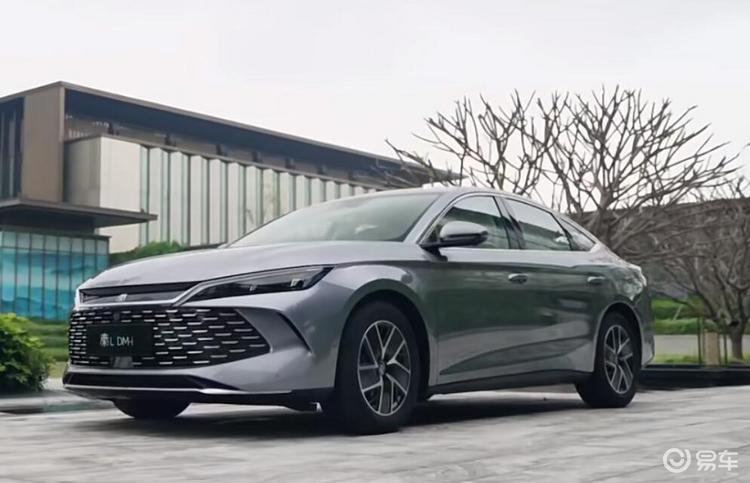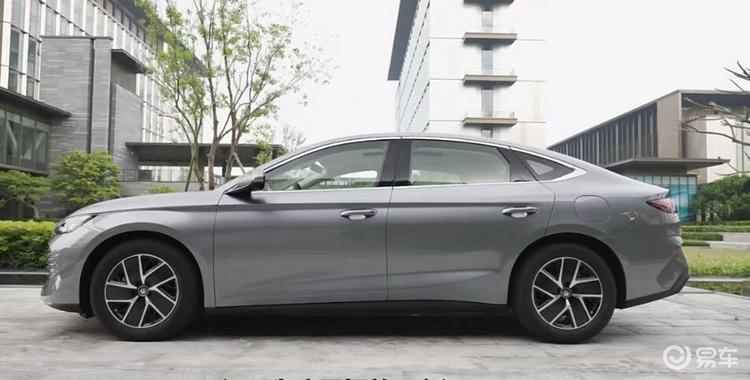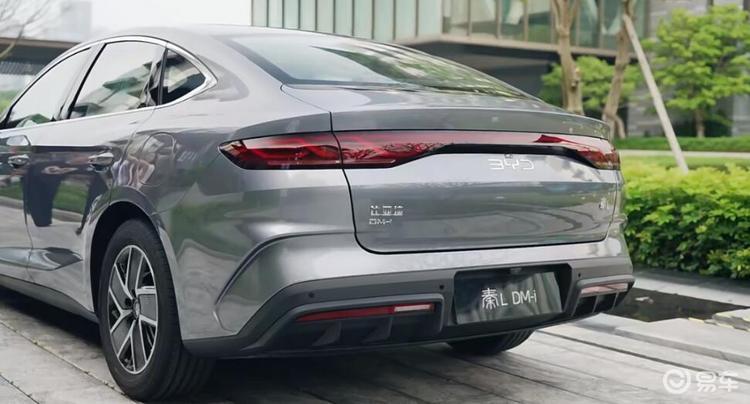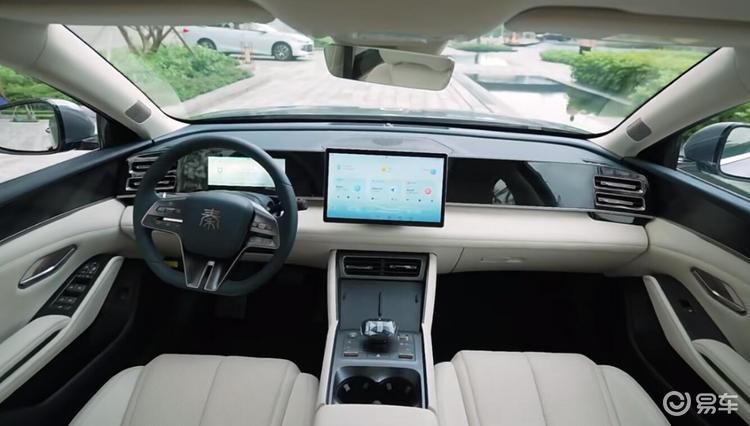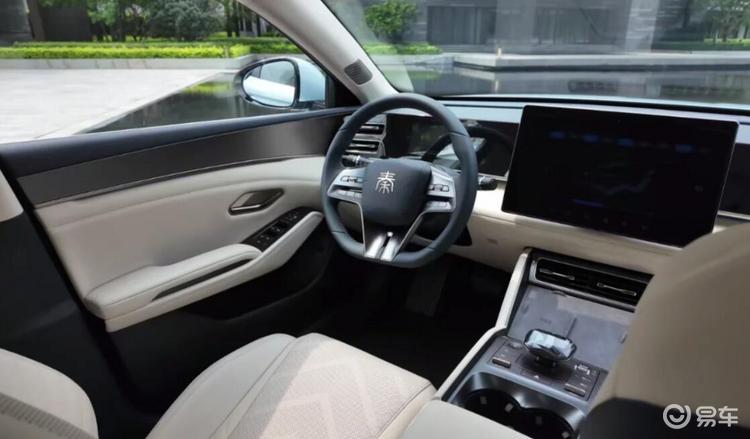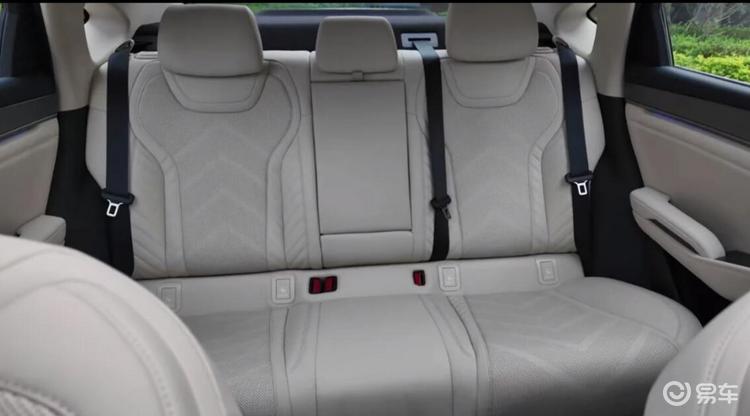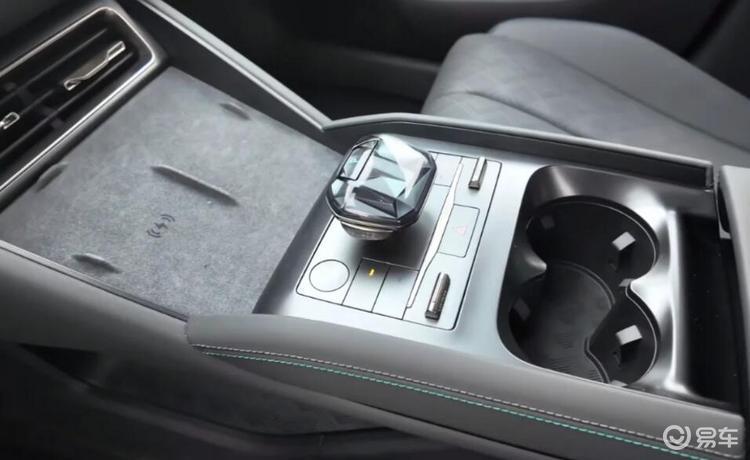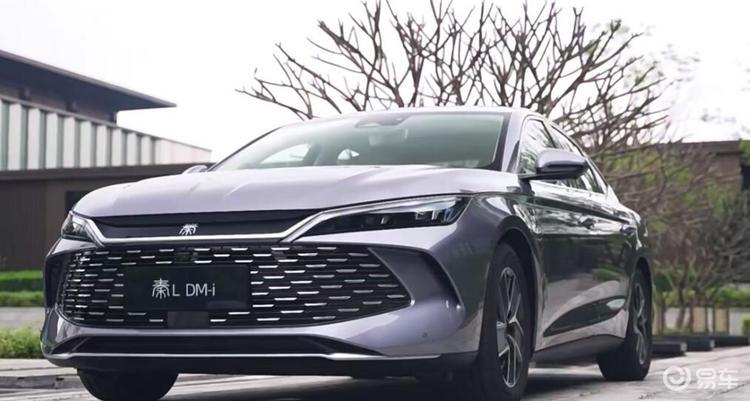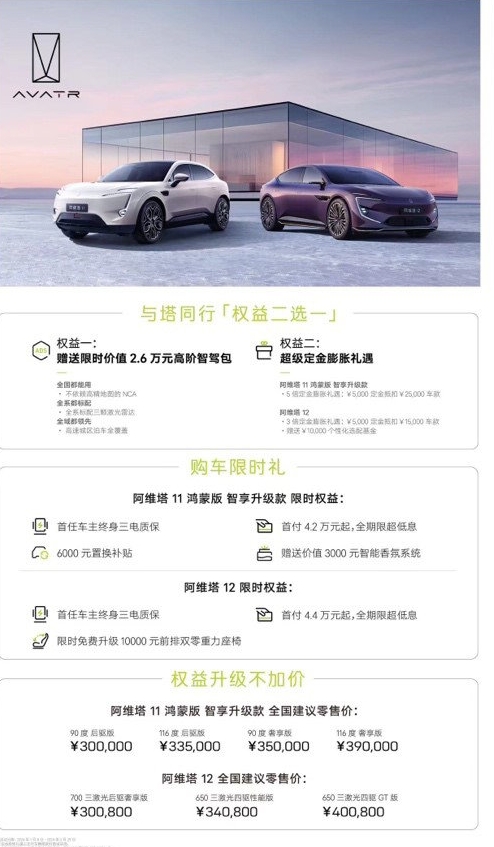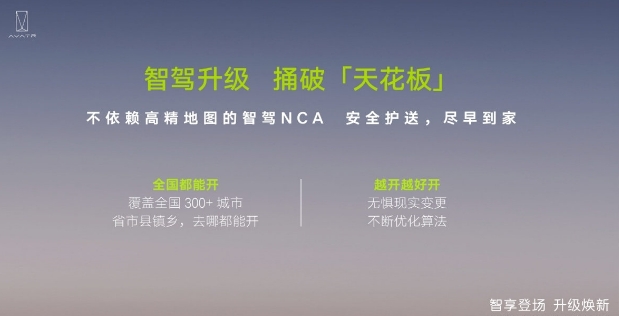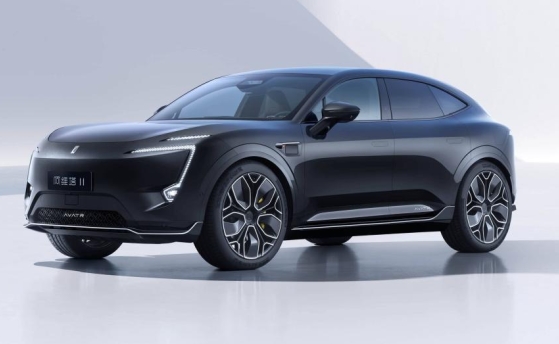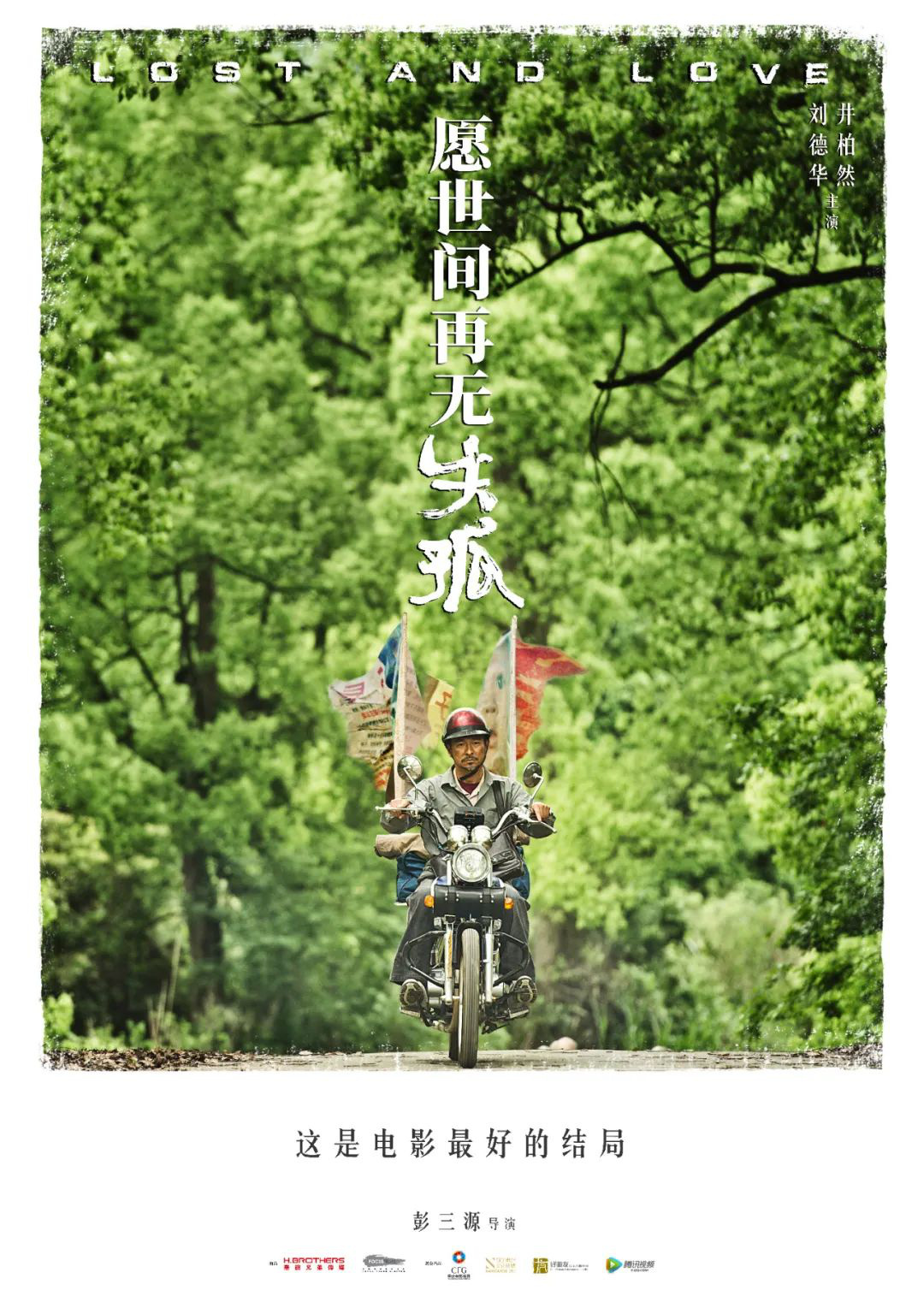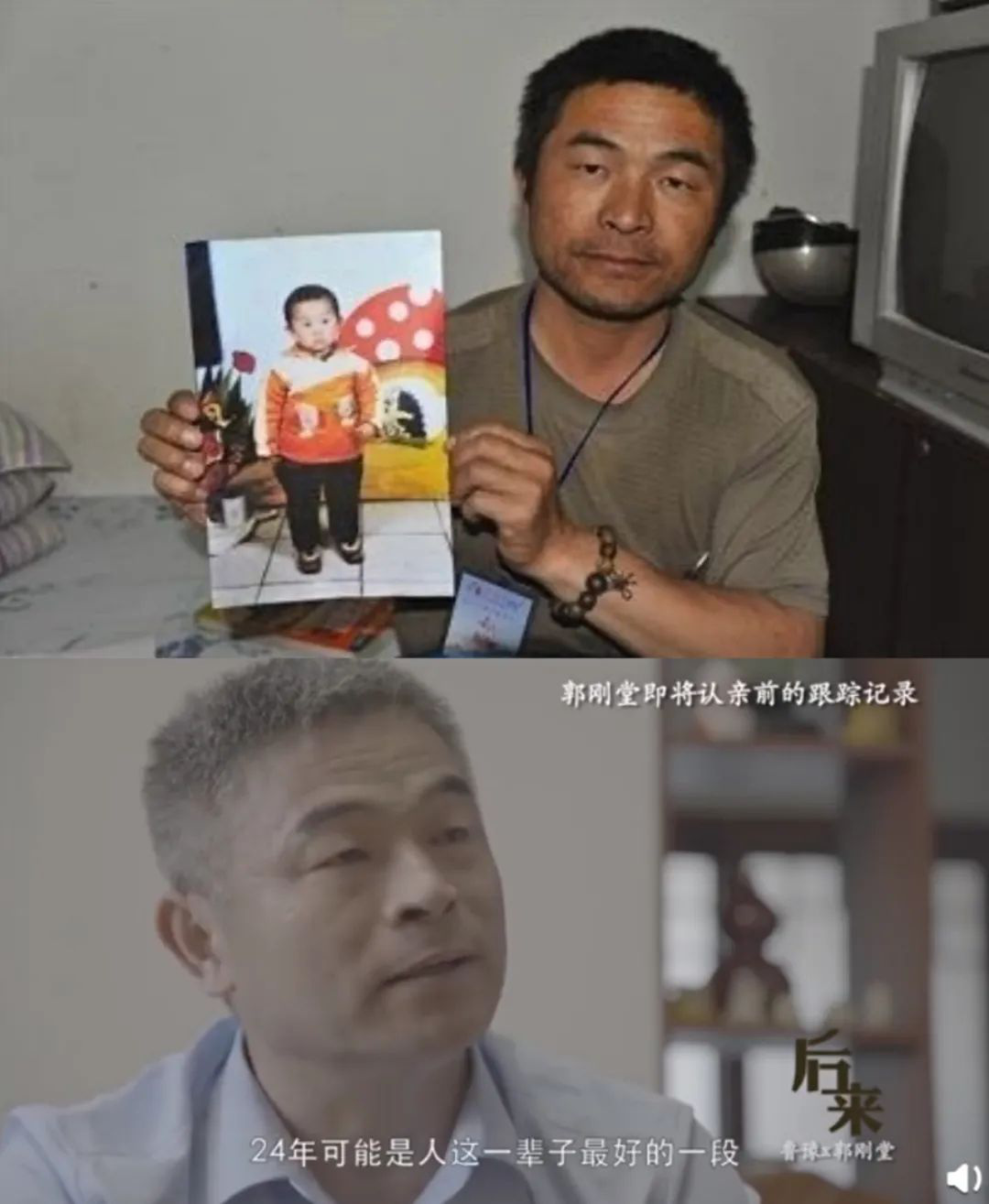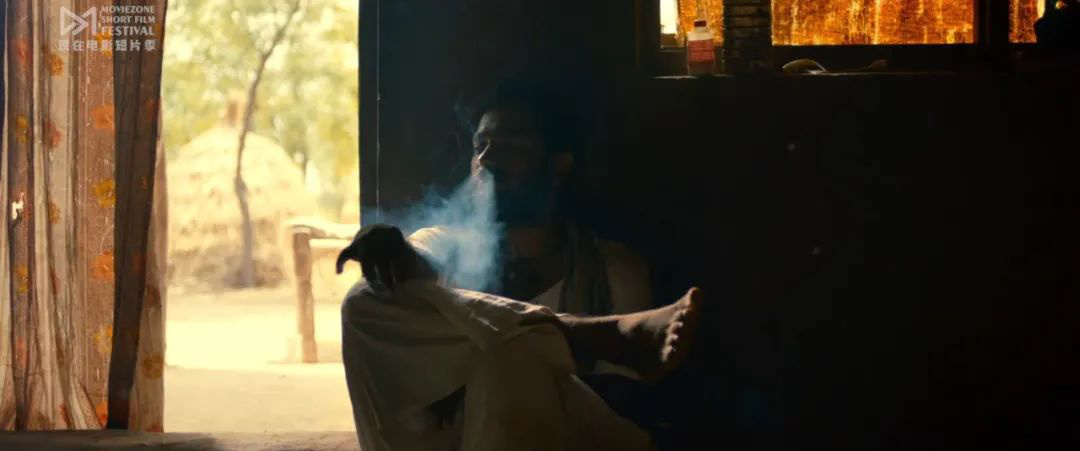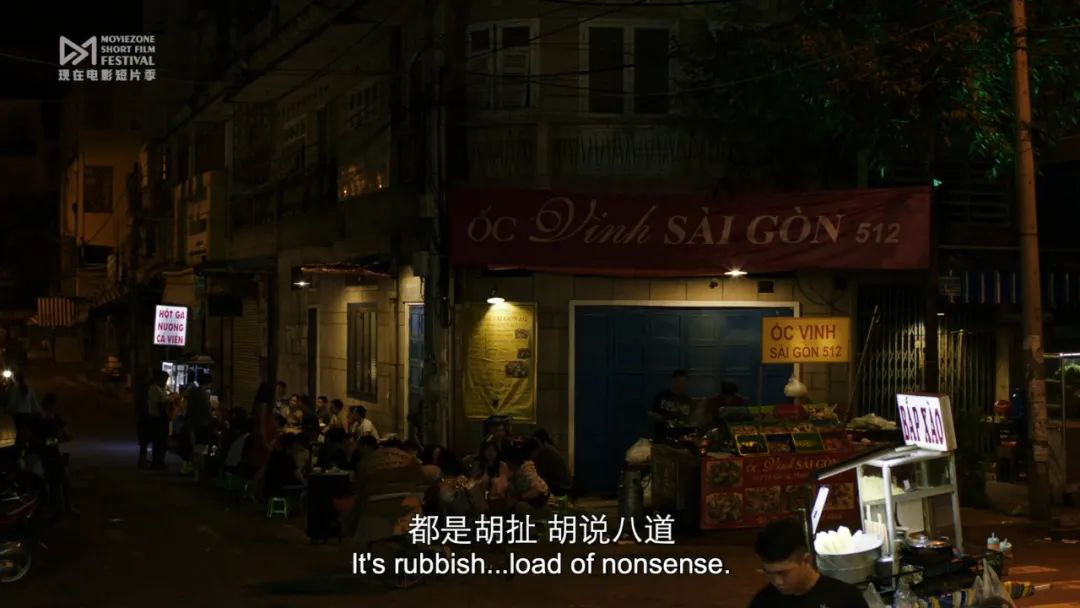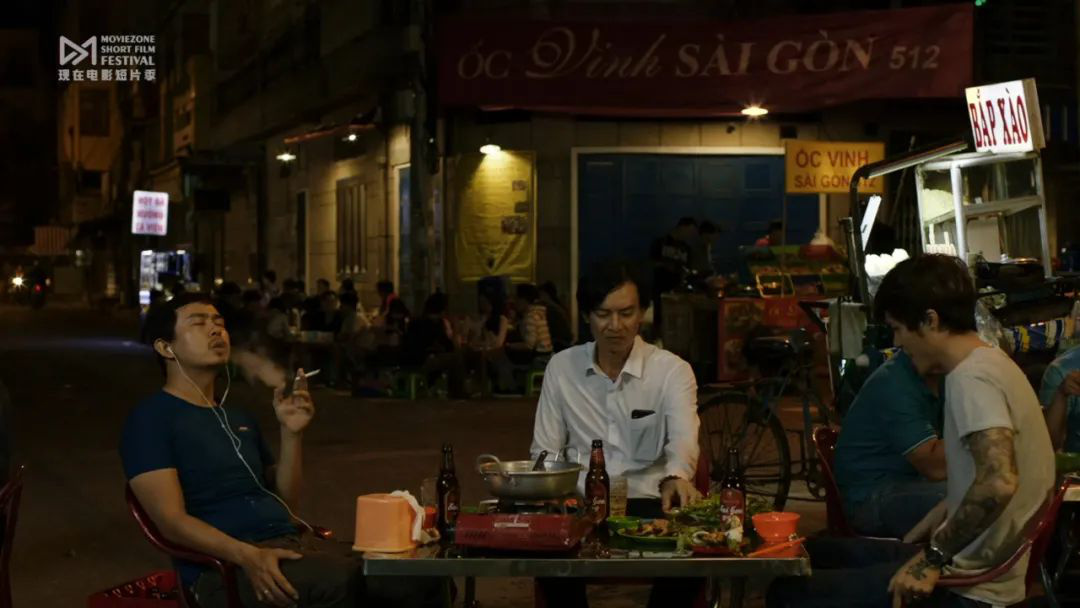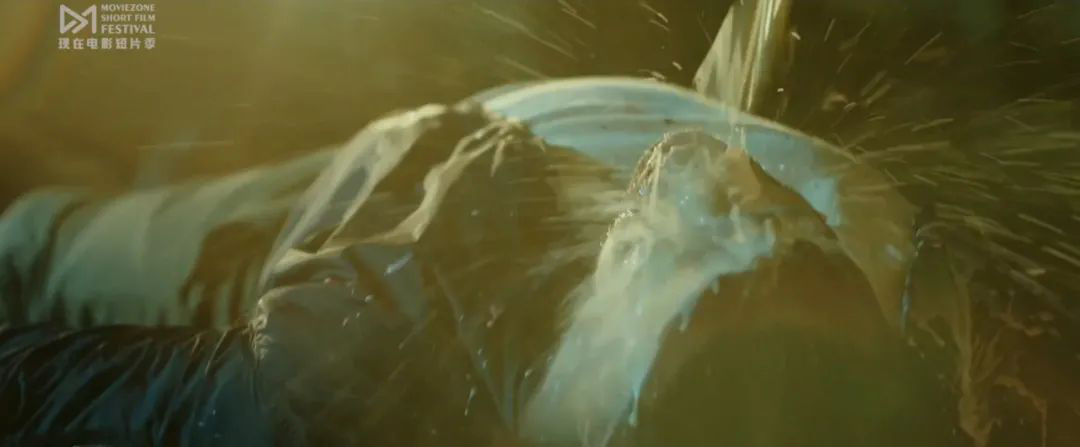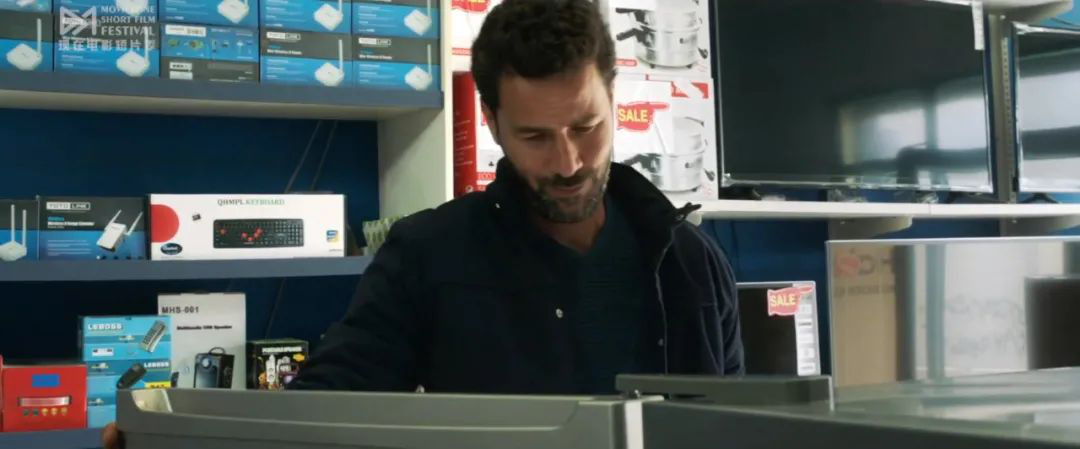Double-sided glass slim body 5-inch Huawei P7 review
At 8 pm on May 7, Beijing time, Huawei’s end point released its new P series mobile phone P7 in France, which is the same as last year’s P6, which is a continuation of Huawei’s own definition of "fashion mobile phone" series.

P7 Appearance:
Huawei P7 is an upgraded version of the previous generation of products, using the same design language to make the two phones look similar. But when you hold it in your hand, you can find that the P7 has been replaced with materials, improved workmanship, and better details, and this change is carried through all parts of the body.
It is still the front and rear flat shape and C-shaped bottom, still similar to the iPhone 4 metal frame. But in the hand and the previous generation of products are different, the first is the front, the screen has been upgraded from 4.7-inch 720P screen to 5.0-inch full high definition screen (1920X1080 resolution), the pixel density has reached 445PPI, and the integration of touch panel and LCD panel In-cell screen, which makes it more sensory.

The front and rear sides of the P7 use third-generation Corning glass as the outermost material, which is more scratch-resistant, and the designers extended the glass down a little, almost reaching the bottom C-shaped edge. When the screen is turned off, the front of the fuselage is completely covered by glass, and the overall effect is excellent.

The biggest improvement in the appearance of Huawei P7 comes from the back, and this is also the most conspicuous part of the P7 body. The previous generation’s easy-to-peel metal brushed back has been changed to glass, and the inner layer has added texture. At the same time, there are oleophobic coatings on both sides, which can keep the fuselage in a relatively clean state, rather than greasy and sweat.

Minor improvements are made throughout the Huawei P7, such as the side, which is still brushed metal, but its workmanship is much better than that of the P6: the metal chamfers are handled properly, and there is no longer a feeling of rowing hands. The weird, plugged headphone port in the lower left corner of the P6 body has finally returned to its normal design and has been moved to the top of the body.

The few physical buttons of the Huawei P7 are placed on the right side of the fuselage. The brighter one is the round power button in the middle. For a five-inch phone with a body length of 139.8 mm, the power button is more appropriate here. When holding the phone normally, the thumb is placed here to light up the screen.
Although this button seems to borrow from Sony’s phone design, Huawei has also made some modifications of its own, such as it does not protrude outward like Sony, and a small pit is taken out where the power button is located. This half-millimeter detail allows the button to have more keystroke and allows it to be flush with the volume button above, maintaining its appearance.

Because it is an integrated body, the SIM card slot and microSD card slot of the Huawei P7 are placed on the side of the fuselage, and the two card slots with almost the same shape make people who come into contact with this phone for the first time mistakenly believe that it is a dual card. A major problem is that without any logo on the outside, users may confuse the two card slots.

The appearance design of P7 is a smooth upgrade for P6, double-sided glass, finer craftsmanship makes the texture of P7 in the hand improve a lot, in addition to the hand feeling, although this metal right-angled edge design from the beginning of the iPhone 4 appears simple and neat, but straight up and down It is inevitable that there will be a slight hand feeling, fortunately, the 68.8 mm wide fuselage is not difficult to grasp with one hand, and the weight of the 124 gram fuselage is also lighter, so that the palm pressure is not big, relieving the hand feeling.
System and interface:
Huawei P7 uses Android 4.4.2 system plus Huawei Emotion UI 2.3 interface.
After several upgrades, the current Emotion UI is much more mature than the original version. It is a simple hierarchical relationship between the menu and the desktop. Take the default theme as an example, most of the icons and most of the button elements have been flattened, which is in line with the current aesthetic concept of most people. Of course, if you don’t like it, there are other style themes to choose from. In addition to a few local themes, there are also online theme downloads.


In addition, Huawei has also prepared a "simple style". After switching, the Android interface full of rounded rectangular application icons will be simplified into a porcelain interface similar to the WindowsPhone system. In fact, we prefer to call it "the elderly interface", which removes the gorgeous switching effect and restores the theme to the simplest style, with larger fonts and buttons. Suitable for the elderly or when driving, it is relatively power-saving.
The TD-LTE version of Huawei’s P7 was only an engineering prototype, so there were not many built-in applications. One of the more interesting ones was "Remote Camera", an application developed by Huawei itself. Under the same local area network, the phone could be used as a remote camera or remote control.


Recently, manufacturers including HTC, Samsung, and others have integrated the information flow reading function on the desktop. Huawei has also made a similar attempt, but it has taken a different approach and integrated this function into the unlock interface.
When this function is turned on, each time the screen is lit, the user will see a different wallpaper (covering fashion, travel, sports, cars, etc., user-selectable categories), swipe up to have some information about this wallpaper interpretation introduction, and can manually change the next or favorite wallpaper, if you click "More" can also share; users are interested in this content, you can also click to download the application that provides this information.




It should be said that Huawei’s idea is not bad. These wallpapers and content are provided by third parties, and Huawei provides an obvious entry point.
It combines several function points such as screen unlock, wallpaper, fragmented reading, and app download. It is a light reading + app promotion method. If the user wants to see more, it will also guide the user to install the client side that provides content. This is a good idea when all kinds of fancy unlocking methods make users numb.
However, sometimes, clicking on the relevant application does not directly link to the content directly related to the wallpaper, but goes to the list page of an application. After browsing it, you will find that the wallpaper is only a selected fragment of the application, not a table of contents.


There are four function buttons under the "magazine unlock" interface, reminiscent of the control center of the iOS. Huawei puts the four commonly used functions of "calendar", "calculator", "flashlight" and "mirror" here. The first three are very easy to understand. The last one is actually to start the front-facing camera. Huawei arranges this application to cater to the definition of P7 "fashion", but if the following four applications can be defined by the user, it is actually better.


Take a photo:
P7 configuration is a 13 million pixel main camera, F2.0 aperture. The camera interface is not fancy, more comprehensive functions, common HDR, panorama, skin beauty, continuous shooting selection, voice-activated photography and other functions are supported.

We choose a sunny afternoon to go out and shoot. In order to be closer to the general user’s habits, all photos are in smart mode, with the highest photo quality, HDR is turned off, and the flash setting is automatic (in fact, such light does not require a flash).


Open the real sample, you can see that the white balance of this lens is not bad, the saturation is slightly high but acceptable, but I don’t know if it is because of the engineering prototype, the photos taken by the P7 in our hands are generally smeared. In the following pictures, you can obviously see that the green leaves are not recognizable. In this way, the photo is fine on a mobile phone with a 5-inch full high definition screen, and it is enough to share it on social media, but it is not good to see it on a computer.



The photo smearing phenomenon taken by other 13 million pixel mobile phones will not be so obvious, and Huawei still seems to need some tuning and optimization of this lens.

Regarding the hardware:
Huawei P7 uses HiSilicon Kirin 910T processor, which is a quad-core processor with a main frequency of 1.8GHz, with 2GB RAM and 16GB body storage space, and supports microSD card expansion. Compared with the 1.6Hz main frequency Kirin 910 used by Huawei Honor X1, there is an extra "T" behind the 910, but the main frequency has been increased a little, and other aspects have not changed.
For users who care about performance, the processor is the biggest improvement of Huawei P7 compared to the previous generation. The HiSilicon K3V2 with serious heat on the P6 has finally been replaced, and the GPU part has also been replaced with Mali-450 MP, which is much better than the performance of the previous generation’s non-mainstream Vivante GC series.
The processor process has been upgraded from 40nm to 28nm, and the obvious improvement is the decrease in heat generation. In the past, the P6 used the back of the fuselage for more than ten minutes to connect the metal frame to the hot hand. At room temperature of 18 degrees Celsius, the Huawei P7 played video for an hour and only felt slightly warm, without any discomfort.


When the power management is set to "intelligent power saving" (which is the default and the most commonly used usage scenario for most users), the running score of Huawei P7 is about 25,000 points. It is 36,000 points behind the current top Snapdragon 801 processor, but the P7 is positioned as a fashionable rather than a "fever phone". Its fluency and processor performance can already meet the general user requests.


Wireless capabilities and power:
P7 is a mobile phone that supports China Mobile TD-LTE 4G network and is backward compatible with TD-SCDMA 3G network. In roaming state, it can also be compatible with FDD-LTE standard 4G network and WCDMA 3G network; as for WiFi, Bluetooth, NFC, etc. have become routine configurations, no need to go into details.
Huawei has equipped the P7 with a 2500mAh battery, which is not small for a 6.8mm thick phone. It can last for a day and a half under light use, but for most people, a daily charge is still essential, and heavy users need to equip it with a mobile power supply. After all, the battery is not replaceable.
Summarize:
Since the Ascend P1 in 2012, Huawei’s end point has begun to pay attention to design, trying to change people’s inherent impression that Huawei can only do low-key and low-cost carrier customized machines through the direction of "fashion". And this attention to design has reached a very important level in Huawei’s end point during the P6.

The P7 is a targeted improvement on the previous generation P6. It restores some of the strange designs (such as the headphone port position) on the previous generation of products to normal, and improves the workmanship. It replaces the processor to solve the worrying heating problem on the P6, and brings the hardware to the level of a mainstream mobile phone this year.
With these, the P7 experience is much better than the previous generation of products. If there are shortcomings, the most easily complained should be that the P7 design is similar to the P6. The current user requirements are getting higher and higher, and they always hope that the new generation of products is a big change.
(Yang Shuguan)
